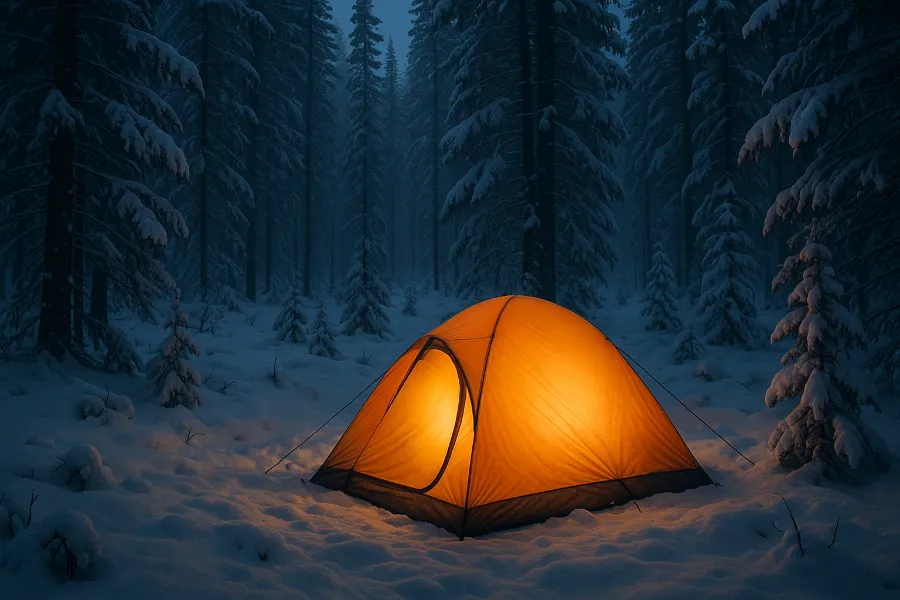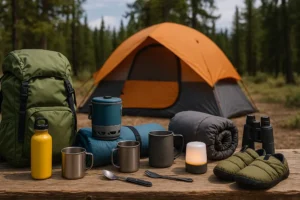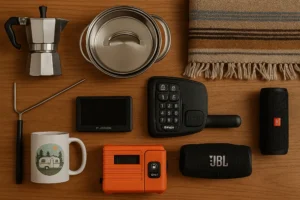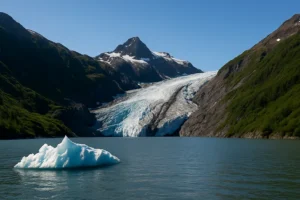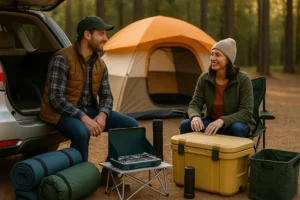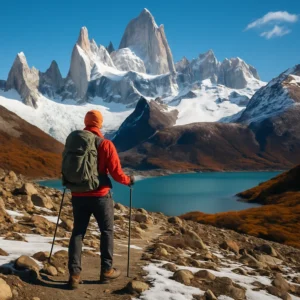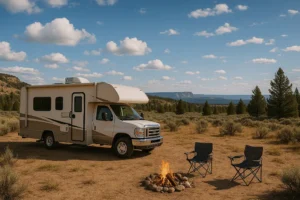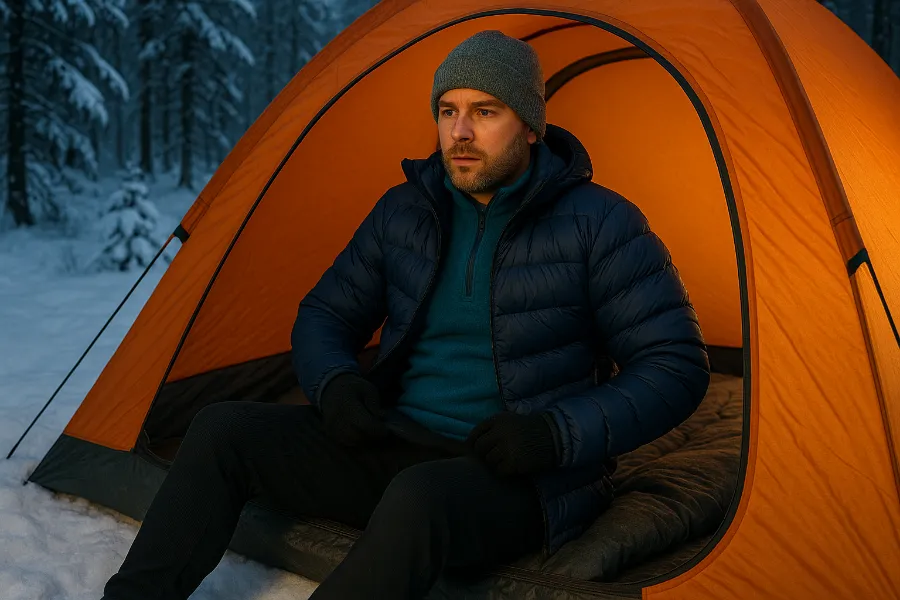
Camping is magical, but waking up shivering in the middle of the night? Not so much. Whether you’re a seasoned backpacker or just starting out, knowing how to stay warm in a tent can mean the difference between a cozy night under the stars and counting the hours until sunrise.
I’ve camped through frosty mountain nights, damp coastal mornings, and crisp fall weekends, and I can tell you—comfort in the cold doesn’t just happen. It’s the result of smart planning, layering, and a few clever tricks. Let’s dive into everything you need to know.
Choose the Right Tent and Campsite
Pick a smaller tent
Bigger tents might look roomy, but more space means more cold air to heat up. A compact two- or three-person tent is far easier to keep warm compared to a tall, stand-up family tent.
Seasonal rating matters
If you’re winter camping often, consider a four-season tent. They’re built with sturdier poles, less mesh, and thicker materials to block wind and snow. For occasional cold-weather trips, a three-season tent will do fine if paired with the right sleep system.
Shelter from wind
Your tent’s position matters. Look for natural windbreaks such as tree clusters, ridges, or large boulders. If possible, pitch your tent where it will catch the morning sun—it makes crawling out of your bag much easier.
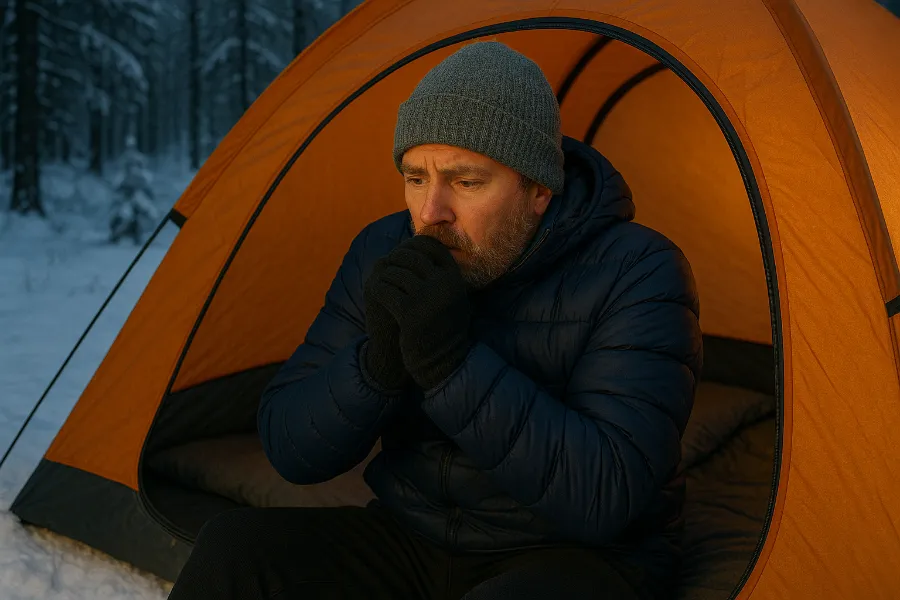
Dial in Your Sleeping System
A warm sleeping bag
A proper sleeping bag is your first line of defense. Look for bags rated for at least 10–20°F colder than the forecast if you tend to sleep cold.
- Down fill: lightweight, compressible, and very warm, but loses effectiveness when wet.
- Synthetic fill: bulkier, but dries faster and keeps insulating even when damp.
If you’re not ready to buy a new bag, add a liner—fleece or Thermolite liners can bump warmth by 10–25°F.
Insulated sleeping pad
Too many campers overlook this, but you lose tons of heat to the ground. Check the R-value of your pad:
- R 2–3 = summer and mild weather
- R 4+ = cold weather
- R 6+ = freezing conditions
Stacking a foam pad under an inflatable one adds warmth and protection.
Extra blankets or quilts
A lightweight down quilt or puffy camp blanket layered on top of your sleeping bag works wonders. Bonus: you can also wrap it around yourself at the campfire.
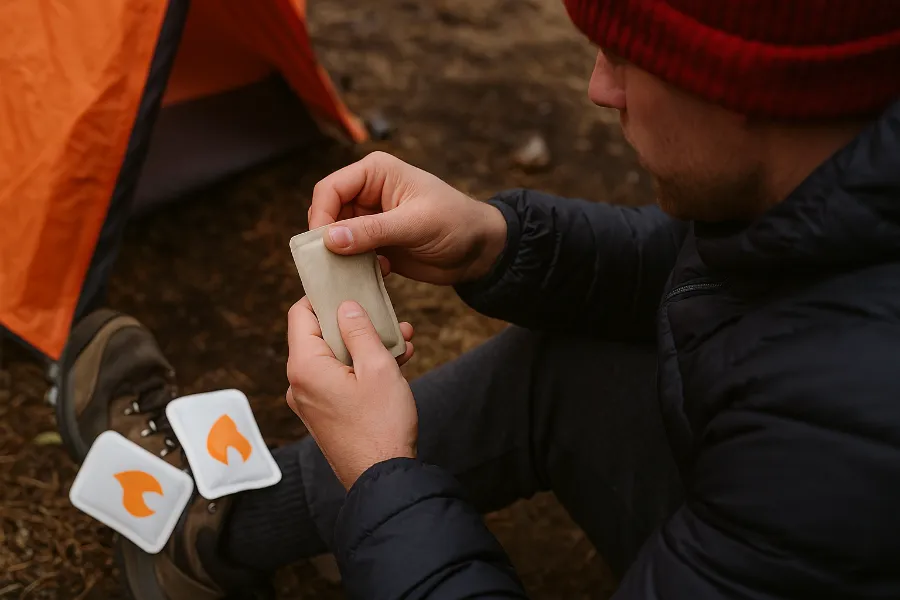
Layer Your Clothing the Smart Way
Base layers
Merino wool or synthetic thermal underwear is ideal. Avoid cotton—it traps moisture and will chill you.
Mid layers
Think fleece pants, a fleece pullover, or an insulated puffy jacket. These trap warmth without adding too much bulk.
Accessories that matter
- Wool socks: keep one dry pair just for sleeping.
- Beanie or balaclava: you lose a surprising amount of heat through your head.
- Gloves or mittens: even lightweight ones make a difference at night.
- Neck gaiter: seals warmth in and prevents drafts.
The bedtime trick
Change into dry clothes before crawling into your bag. Even a little sweat from hiking can leave you chilled all night.
Hacks for Extra Warmth
The hot water bottle method
Fill a sturdy, uninsulated bottle (like a Nalgene) with boiling water. Place it at your core, between your thighs, or near your feet inside your bag. It will radiate heat for hours.
Hand and toe warmers
Chemical warmers are lightweight, cheap, and a lifesaver for cold extremities. Just be careful not to place electronic ones inside your sleeping bag.
Share body heat
Camping with a partner? Put your sleeping pads close together or drape a quilt across both bags. Shared warmth goes a long way.
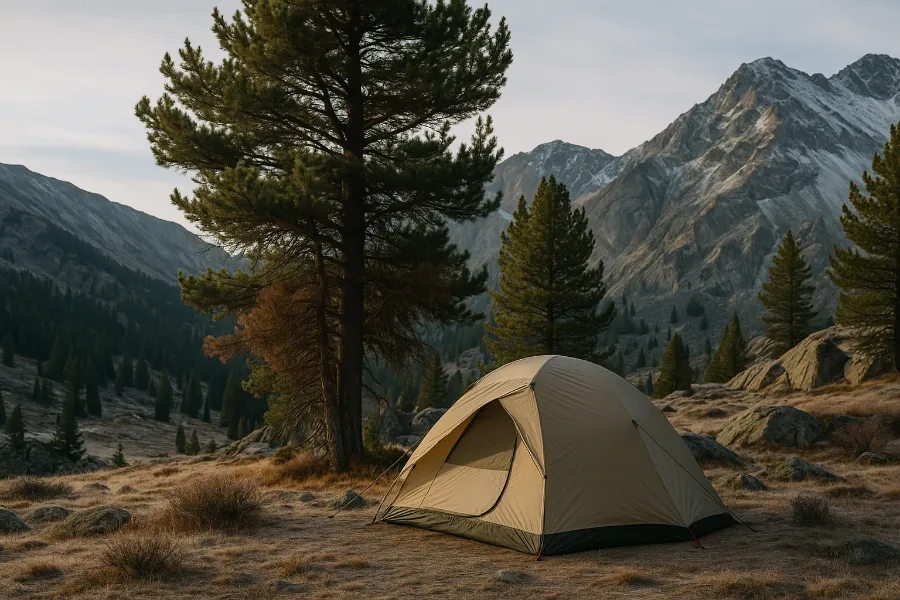
Manage Condensation and Ventilation
It seems counterintuitive, but don’t completely seal your tent. A bit of ventilation prevents condensation from your breath collecting on the walls, dripping down, and soaking your gear. A damp bag equals a cold camper.
Crack a vent or unzip the door just slightly at the top. If your fly touches the inner wall, adjust tension so moisture drains outside.
Eat and Drink for Warmth
Fuel your body
Your metabolism is your built-in furnace. A high-calorie dinner—think chili, stew, or pasta—gives your body fuel to burn overnight.
Midnight snack
Keep a small snack nearby. If you wake up shivering, eating a chocolate bar or trail mix can kick-start heat production.
Hot drinks
Sip on hot cocoa, tea, or cider before bed. It’s comforting and helps raise your core temperature. Just avoid alcohol—it dilates blood vessels and actually makes you colder.
Pre-Bedtime Rituals
- Warm up first: do light exercise like jumping jacks or a quick walk before bed. Don’t get sweaty—just enough to raise your temperature.
- Keep tomorrow’s clothes in your bag: no more putting on freezing clothes in the morning.
- Empty your bladder: strange but true—your body wastes energy keeping that liquid warm. Use a bottle if it’s too cold to step outside.
Safety First: Hypothermia and Frostbite
Camping in the cold is fun, but it carries risks. Watch for:
- Hypothermia: shivering, confusion, slurred speech, loss of coordination.
- Frostbite: numb or pale skin, tingling, or hard patches on fingers, toes, ears, or nose.
If symptoms appear, warm up immediately and cut the trip short if needed. Gear can be replaced; your health can’t.
Test Before You Go All In
If you’re new to cold-weather camping, don’t start with subzero temps. Try a single night when it’s 40–50°F. Gradually push into colder weather as you fine-tune your system. This way, you’ll learn what works—and what doesn’t—without risking a miserable (or unsafe) night.
Final Thoughts
Staying warm in a tent isn’t about one magic trick—it’s about layering strategies. From the right sleeping pad and bag to hot drinks and smart campsite choices, every detail stacks up. With preparation, cold-weather camping transforms from a teeth-chattering endurance test into a peaceful, cozy night surrounded by nature.
So pack wisely, bring that hot water bottle, and embrace the crisp air. Once you master how to stay warm in a tent, you’ll unlock a whole new season of adventure.

